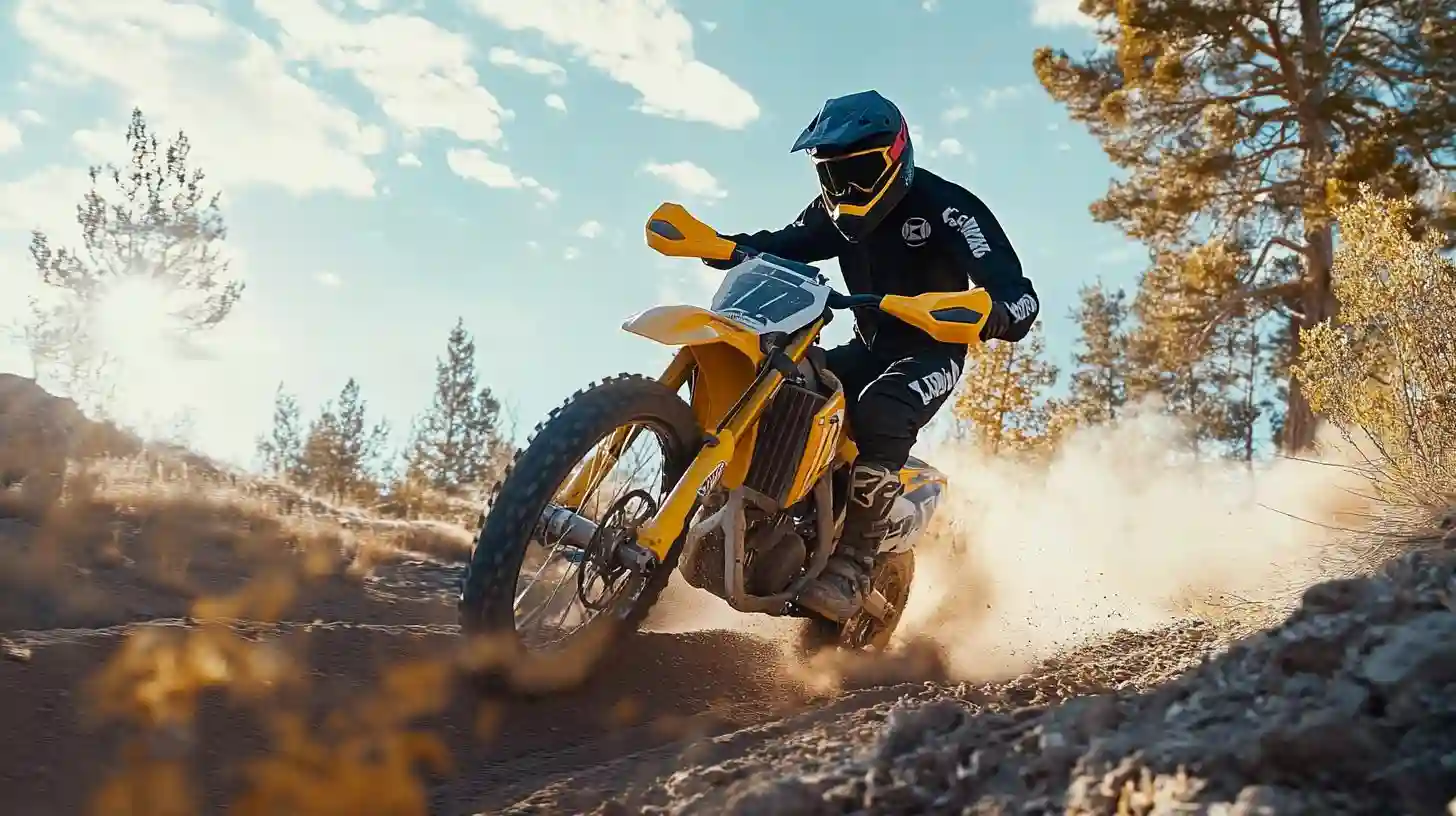
The world of off-road biking presents a thrilling landscape of rugged terrain, twisting paths, and formidable challenges. Here, avid riders push themselves far beyond the confines of conventional cycling, testing both their physical endurance and mental resilience. The allure of off-road bike tracks lies not only in the excitement they generate but also in the unique way they challenge riders, demanding a rich blend of skills that can be honed over time.
One of the defining characteristics of off-road bike tracks is their unpredictable nature. Unlike paved roads, which offer a relatively straightforward riding experience, off-road trails wind through forests, mountains, and open fields. They often hide an array of obstacles that can be anything from loose gravel to mud puddles and steep descents. This variability requires cyclists to adapt swiftly to changing conditions, turning every ride into a dynamic test of skill. Riders must learn to anticipate and respond to these challenges, sharpening their reflexes in ways that traditional cycling cannot.
Terrain plays a crucial role in defining the difficulty of a course. Rocky paths demand technical skill, as riders must navigate sharp turns and sudden drops. Sand and mud present their own challenges, requiring a different type of endurance and strength as cyclists combat slippage and maintain speed. Each variety of terrain equips riders with a diverse skill set, enhancing their overall biking aptitude. As they cycle through various landscapes, individuals find their limits tested and often expanded, realizing they can achieve what once seemed unattainable.
In off-road biking, understanding the mechanics of one’s own bike is as vital as mastering the track itself. The complexity of the equipment cannot be overlooked; each rig is a finely-tuned machine. Riders must grasp the nuances of their bikes—the gearing system, suspension settings, and tire pressure—to optimize performance on varying surfaces. This deep understanding not only improves their riding but also builds a sense of partnership between the biker and the bike. Riders learn to intuitively feel when to adjust their bike’s settings to match the track, enhancing their control and efficiency.
Moreover, many off-road tracks feature steep inclines, which present significant physical challenges. Climbing a steep hill requires not only strength but also a solid grasp on energy management. Riders must learn to pace themselves, distributing their strength evenly to avoid fatigue. This level of self-awareness is crucial; understanding one’s physical limits and managing exertion is a skill honed through practice. As riders experience the struggle and triumph of conquering tough climbs, they cultivate a mental fortitude that extends beyond the biking world, often influencing other areas of their lives.
Descents are another realm in which off-road bike tracks challenge riders. Navigating downhill paths that are often littered with rocks, roots, and sudden drops requires precision and guts. This is where the adrenaline rush peaks, and with it comes risk. Riders must master the art of braking and steering, learning to lean into the bike and use their body weight to maintain balance. A miscalculated shift in posture can lead to wipeouts, turning a thrilling ride into a painful lesson. Consequently, every descent is a mental exercise in maintaining focus and control under pressure.
An additional aspect of off-road biking that pushes riders’ limits is the element of endurance. Rides can last for hours, often through challenging conditions that test both physical stamina and mental grit. Unlike a leisurely ride through the park, an off-road adventure requires sustained effort and resilience. Riders must constantly push forward, often battling not just the terrain but also fatigue and self-doubt. Through these longer rides, individuals learn the power of perseverance, building a stronger mindset that fuels their pursuit of new challenges.
Furthermore, the community surrounding off-road biking fosters a spirit of camaraderie and support. Riders frequently share trails, offering encouragement and advice along the way. This communal aspect cultivates an environment where participants can exchange tips on mastering tricky sections of the track or share experiences from their own riding journeys. Whether through organized events or casual meet-ups, connecting with others enhances the learning experience. The exchange of ideas could lead to discovering innovative techniques, which further pushes the boundaries of individual capability.
The learning curve associated with off-road biking can be steep. Beginners often face a myriad of challenges, ranging from mastering bike handling to developing the muscular endurance needed for prolonged rides. Yet, the journey from novice to skilled rider is marked by incremental victories. Each successful climb, each careful descent, and every tricky turn conquered adds to the rider’s confidence. Progress may come slowly, but the tangible sense of improvement fuels the passion for the sport. These milestones serve to motivate riders, encouraging them to set higher goals and aspire to tackle more difficult trails.
Furthermore, psychological challenges lurk alongside physical ones. Riders often confront fears—fear of falling, fear of not measuring up to fellow cyclists, and fear of pushing themselves too hard. Confronting these fears transforms off-road biking into a powerful tool for personal growth. As riders navigate through their apprehensions, they emerge with a renewed sense of confidence. The trails become a metaphor for life’s obstacles; every climb overcame, every fall recovered from teaches resilience, framing challenges as opportunities for growth.
Off-road biking tracks represent a playground of endless possibilities for personal challenge and discovery. Each ride is an exercise in pushing boundaries, where cyclists confront their fears, manage their energy and hone their technical skills. The mixture of terrain, the complexity of the equipment, the demands of endurance, and the community support create a rich tapestry that tests riders both physically and mentally.
As riders continually push their limits, they embark on a journey unique to their experiences. With every exit from the comfort zone, they uncover new depths of resilience and skill. The exhilaration felt when surmounting challenges leads to a profound appreciation for the sport, building a sense of accomplishment that resonates far beyond the trails themselves, ultimately shaping character and fortitude in profound ways.